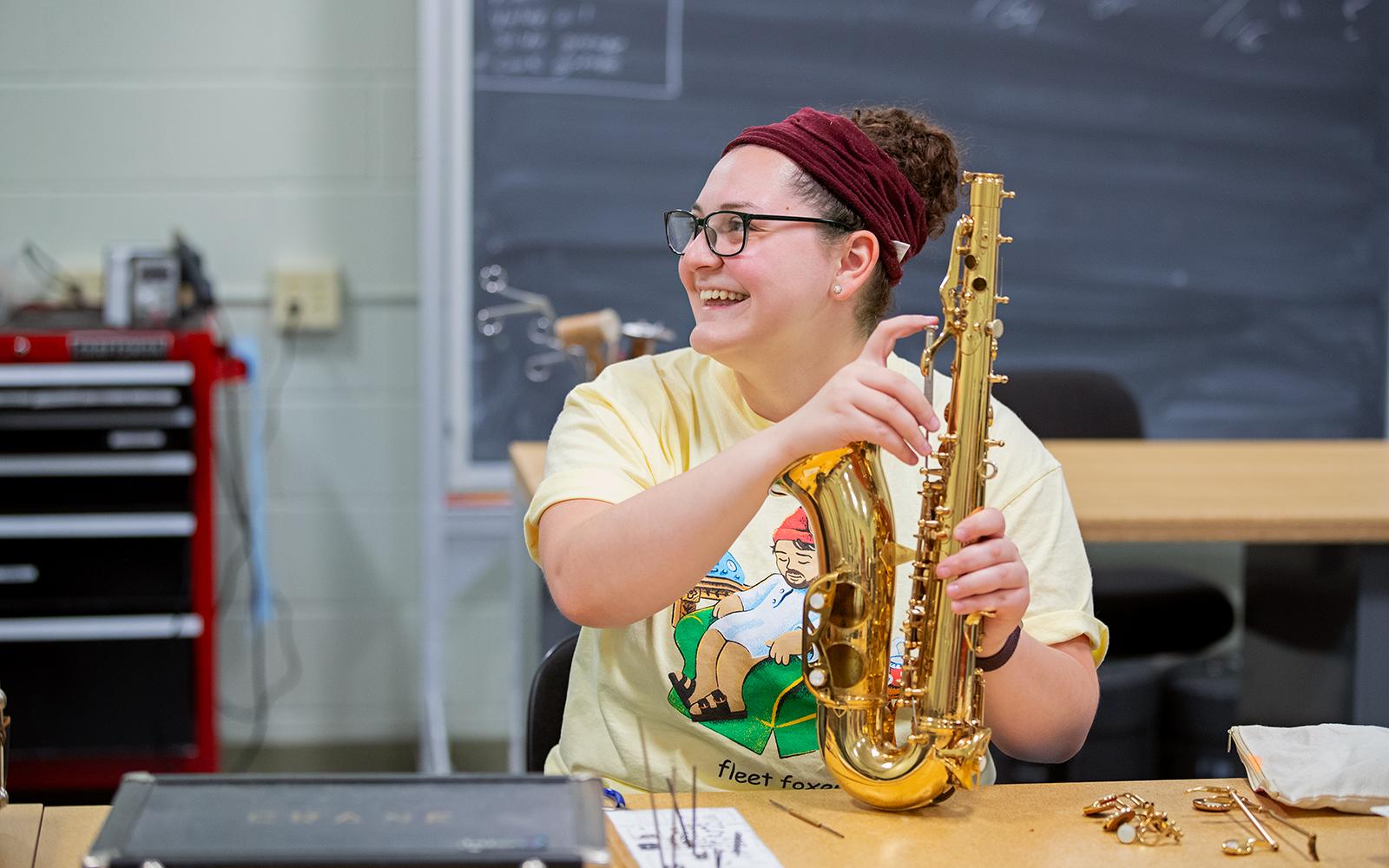Collegiate performing arts recruiters have very few opportunities to personally meet potential students—much less hear them perform live. You’ll find them at extended-week summer camps on recital and concerto contest days or attending events such as the Midwest International Band and Orchestra Clinic, the American Choral Directors Association (ACDA) National Conference, the American String Teachers Association (ASTA) National Conference, and State Music Educators Association (MEA) Conventions.
Most of these recruiters prioritize conferences or conventions that feature honor ensembles or an All-State component, since that’s where they can meet strong talent gathered in one place. But even there, few have the chance to hear students perform individually or connect personally with parents.
Until audition day, most recruiters have only a name on a list, a digital profile, or a short video clip. The audition becomes their first true introduction—and often their only chance—to see who the student really is.
Why Showcases Matter
Performing arts showcases change that dynamic. They create intentional, performance-based recruiting environments where students present short solo selections while colleges listen, connect, and recruit in real time.
For the student, it’s an opportunity to be heard.
For the recruiter, it’s the rare chance to witness artistry, composure, and character all at once.
Houston’s Breakthrough Model
In 2024 and 2025, Accoladi partnered with several Houston-area school districts to launch the Greater Houston Performing Arts Collegiate Showcase—an event that quickly becoming a model for districts across the nation.
The first year drew collegiate recruiters primarily from Texas. By the second year, universities traveled from across the country to participate. Over multiple days, hundreds of students performed short solo selections while recruiters observed and took notes. In the evenings, a districtwide performing arts college fair opened to all students and parents—creating the kind of meaningful conversations that typical college fairs rarely allow.
Accoladi powered the event from start to finish, providing digital profiles, real-time messaging, and communication tools that kept students and recruiters connected before, during, and after the showcase. With its national database of collegiate deans, professors, and recruiters, Accoladi also offered extensive marketing support to help the event reach far beyond the local community.
Keys to Planning a Showcase
The success of any performing arts collegiate showcase begins with timing, planning, communication, and budgeting. These events don’t just happen—they are carefully orchestrated months in advance to align with collegiate travel schedules, district performance calendars, and the priorities of students, parents, administrators, and district funding.
A well-planned showcase is far more than a single day of performances. It is a strategic recruiting event that requires the same level of organization and foresight as a regional conference. The payoff, however, is significant: students are seen, colleges are engaged, and the district’s fine arts programs gain new visibility as a bridge between high school and higher education. In addition, the district becomes a valued partner with the participating colleges—relationships that may open other strategic opportunities for the district’s performing arts students for many years to come.
Best Seasons
The most successful showcases are held in mid-September through October, or during the final three weeks of May. These windows align perfectly with the collegiate recruiting cycle.
In September and October, recruiters are already traveling to college fairs and establishing early connections with high school students before the winter audition season begins. In May, collegiate audition weekends have concluded, and recruiters are mapping out their next recruitment year. Both periods offer flexibility for travel and maximize the likelihood of participation.
Hosting an event outside these windows—particularly in late fall, winter, or early spring—often competes with collegiate auditions, major conventions, or semester breaks that limit attendance.
Days to Avoid
Avoid scheduling showcases on Fridays or Saturdays in the fall. Fridays often conflict with collegiate teaching schedules, and Saturdays are filled with football games, auditions, or other major campus commitments.
If a Friday or Saturday is necessary, schedule it alongside a state or national conference, where recruiters are already in attendance. Pairing the showcase with these larger gatherings strengthens attendance while minimizing additional travel costs.
Lead Time and Announcement
Collegiate recruiters typically plan travel and allocate budgets up to a year in advance. To ensure your showcase secures a spot on their calendars, announce it by October of the previous year.
This early notice gives institutions the opportunity to include the event in their recruiting budgets and travel schedules. It’s also recommended to maintain a minimum of 120 days between the formal invitation and the event date. A strong early marketing effort—including email outreach, direct communication through Accoladi’s database, and visible online information—will greatly increase participation and engagement.
Budget Awareness
Travel is often the deciding factor for attendance. Expect costs of $1,500–$2,000 per recruiter for those coming from beyond a six-hour drive. Districts that offer professional online registration, clear logistics, and travel guidance demonstrate credibility and respect for the recruiters’ time.
Accoladi’s showcase platform provides a built-in solution for these needs—managing registration, scheduling, and communication seamlessly in one place. Districts that provide early and accurate details—venue addresses, performance schedules, hotel listings, parking, and dining recommendations—stand out immediately as organized and worth the trip.
Geographic Reach
- Single-School Events generally attract recruiters within a two-hour radius.
- Districtwide Events with six or more high schools often expand to a six- to eight-hour radius.
- Regional Collaborations among multiple districts can generate national participation, especially when marketed through Accoladi’s national collegiate recruiter database.
A broader talent pool and professional presentation make your event not just appealing—but essential—for colleges looking to meet and hear the next generation of performers.
Final Planning Insight
A successful showcase doesn’t just connect students and colleges—it builds confidence, visibility, and community pride. Every decision—from timing to budgeting, from travel logistics to communication—moves toward one unified goal: helping recruiters hear the students, meet the families, and recognize the exceptional work being done within your district’s fine arts programs.
National and/or Statewide Collaboration and Association Partnerships
This is where the opportunity becomes truly transformational. When fine arts directors across a state unite—with the support of executive boards and executive directors of state and national music associations—they can create a Performing Arts Collegiate Showcase that amplifies opportunity far beyond the reach of any single district or region.
By aligning the showcase with an existing state or national convention—especially if honor ensembles are a part of the conference or convention—the benefits multiply for everyone involved.
For the association, a collegiate showcase adds extraordinary value to its annual event. It strengthens the connection between K–12 programs and higher education, reinforces the association’s mission to advance music education, and provides measurable, visible outcomes for member schools. It also elevates the profile of the organization itself—demonstrating forward-thinking leadership in student recruitment and advocacy.
Imagine the added visibility for associations such as the Midwest International Band and Orchestra Clinic, the American Choral Directors Association (ACDA), the American String Teachers Association (ASTA), and the National Band Association (NBA). Each could further its mission by becoming a conduit through which high school students connect directly with collegiate programs.
For collegiate recruiters, this model is both efficient and cost-effective. Many colleges and universities already budget annually to attend their state or national conventions as exhibitors—such as the Midwest International Band and Orchestra Clinic, ACDA National or Division Conferences, ASTA National Conference, or their State Music Educators Association (MEA) Conventions.
By participating in a showcase within the same event, colleges can maximize their existing travel investments, extend their visibility, and make meaningful contact with students and parents through live performance interactions.
For students and families, the experience carries both prestige and practicality. Performing as part of a statewide convention elevates the sense of achievement and underscores the importance of their craft. Parents can attend the showcase, meet collegiate recruiters, and explore programs in real time—all within the same conference environment that celebrates their students’ artistry.
And for fine arts directors, a statewide or association-led model streamlines much of the heavy lifting. Venue space, scheduling infrastructure, exhibitor management, and marketing resources are already in place through the association. Districts can focus on preparing students and coordinating performances rather than building the event from the ground up.
Most importantly, a statewide event opens doors for students in rural districts—students whose geographic or economic limitations might otherwise prevent them from ever performing for collegiate recruiters in person. By centralizing the showcase within a convention setting, every district in the state gains equal access to the same stage, the same audience, and the same opportunities.
The result is a comprehensive, multi-district Performing Arts Collegiate Showcase, strategically planned and implemented within the structure of a state or national convention. It connects K–12 programs, higher education, and associations in a single, unified vision—equitable, efficient, and profoundly impactful.
Cost to School Districts
While producing a Performing Arts Collegiate Showcase is a powerful investment in students’ futures, it does require thoughtful financial planning. Understanding the range of potential expenses in advance allows fine arts directors and district administrators to build accurate budgets, seek partnerships, and avoid surprises.
The costs vary based on the size and scope of the event, but districts can expect to plan around the following key areas:
1. Venue and Facilities
If a suitable performance venue and meeting space exist on one of the district’s campuses, that is ideal. Schools with multiple rehearsal rooms, auditoriums, or lecture spaces can host several disciplines—band, choir, orchestra, theatre, or dance—performing simultaneously.
However, when multiple districts collaborate or when a central, neutral location is needed, renting an external facility such as a hotel ballroom, convention center, or civic auditorium may be required. These venues often provide breakout rooms, staging space, and easy access for collegiate recruiters.
2. Transportation
Transportation is often one of the most significant costs. Districts must plan for bus rentals to move participating students and teachers to and from the showcase location.
If the event takes place during the school day, transportation logistics must also account for regular route coverage, timing, and driver availability.
3. Meals and Refreshments
Because showcases often occur during the school day, districts should plan to cover meals for students who miss school-provided breakfasts or lunches.
Providing at least one meal for collegiate recruiters is also a professional courtesy—often a boxed lunch or hosted buffet. Snacks and water should be readily available throughout the day for both students and visiting representatives.
4. Staffing and Substitutes
Most participating fine arts teachers will be directly involved in running or supervising the showcase. This means districts must budget for substitute teachers to cover regular classes. Additional personnel may be required for logistics, hospitality, or technical support.
5. Equipment and Technical Support
Depending on the venue, there may be costs for a sound system, microphones, and audio-visual technicians.
If accompanists are needed for student soloists, their fees should also be included. Some districts contract one or two professional accompanists to rotate between rooms to keep the schedule efficient.
In addition, piano rentals or tuning fees can be a necessary expense—especially if the event uses multiple performance spaces or an off-site venue without properly maintained instruments. Pianos must be tuned and ready to meet collegiate-level performance expectations.
6. Marketing and Graphic Design
Professional presentation matters. Districts often engage graphic design support for logos, banners, programs, and social media content. Printing costs for schedules, signage, and name badges should also be anticipated.
Accoladi can assist in this area by co-branding showcase materials and providing templates for registration pages, digital flyers, and promotional graphics.
7. Administrative and Contingency Costs
Districts should plan for smaller but cumulative expenses: insurance riders, custodial or facility-use fees, event photography, volunteer hospitality, and emergency contingencies. Even with strong planning, unexpected costs—such as last-minute equipment rentals or extended facility hours—can occur.
A 5–10% contingency fund is recommended for any first-year event.
Balancing Cost with Opportunity
While the costs can be significant, the returns are profound. A well-executed showcase creates visibility for the district’s programs, builds relationships with collegiate institutions, and directly benefits students seeking scholarships and professional guidance.
But the impact reaches even further—it builds goodwill. Parents see their district investing not only in music programs, but in their children’s futures. That kind of trust and pride becomes an enduring force of advocacy. When the next budget hearing comes and reductions to the fine arts are on the table, it’s often these parents—the ones who watched their child perform in the showcase and saw college doors open—who fill the seats, raise their voices, and defend the programs that shaped their children’s dreams.
This positive word of mouth from parents about the district’s fine arts programs often spreads into the broader community. Many of these parents are members of civic and religious organizations whose influence and generosity can extend the reach of the event—sometimes inspiring the creation of local scholarship funds or sponsorships dedicated to supporting the district’s fine arts students.
Showcases remind communities that the fine arts are not expendable—they are essential. They prove that when a district invests in the arts, it invests in visibility, opportunity, and unity that extend far beyond the stage.
Integrating with Conferences
Showcases scheduled alongside state or national conferences—especially those featuring All-State ensembles—offer even greater potential. Many collegiate recruiters already attend these events as exhibitors, so a showcase gives them an additional reason to extend their stay.
Adding a Performing Arts Collegiate Showcase can also enhance the conference’s own exhibit hall. Recruiters value opportunities to meet students they’ve just heard perform, and parents appreciate being included in the college fair experience. The synergy between performance, recruitment, and family engagement creates a powerful and lasting impact.
The Accoladi Advantage
Accoladi’s platform transforms the showcase experience for both students and colleges:
- Recruiters can preview student profiles before the event.
- They can message students directly to express interest or schedule follow-ups.
- During the showcase, they can view performances and review student details in real time.
- Afterward, they can continue the conversation through Accoladi’s built-in messaging and profile tools.
Accoladi also offers a customizable event website template that manages schedules, rosters, locations, and logistics across multiple days or venues. This turnkey solution can be quickly adapted for any district.
Even districts that haven’t yet hosted a live showcase—such as the example Greater Atlanta Performing Arts Collegiate Showcase created by Accoladi as a demonstration site—can preview how the platform functions as both a logistical and promotional centerpiece.
A Message to Fine Arts Directors
Today’s parents—especially millennial parents—ask one question more than any other:
“Where will my child go to college, and how will we afford it—and how is my child’s participation in their school’s fine arts program going to help solve this for our family?”
By producing a Performing Arts Collegiate Showcase, fine arts directors send a powerful message: that their district doesn’t just care about performances on the stage, but about the futures those performances make possible.
It’s a statement of belief in each student’s potential—and a promise that their artistry will be seen, heard, and valued by the institutions that can shape the next chapter of their journey.
But more than that, it’s a declaration of leadership. It tells the community that fine arts are not an extracurricular activity—they are a pathway to higher education, to confidence, and to purpose. It shows parents that their district is willing to build bridges between high school and higher learning, creating opportunities that last a lifetime.
Every showcase becomes a living testament to what happens when educators, families, and recruiters come together around one shared belief: that talent deserves to be heard.
And when that happens—when talent meets opportunity—the result isn’t just applause. It’s transformation.
That’s what Accoladi stands for.
That’s what tomorrow looks like.

.png)
.png)

.png)
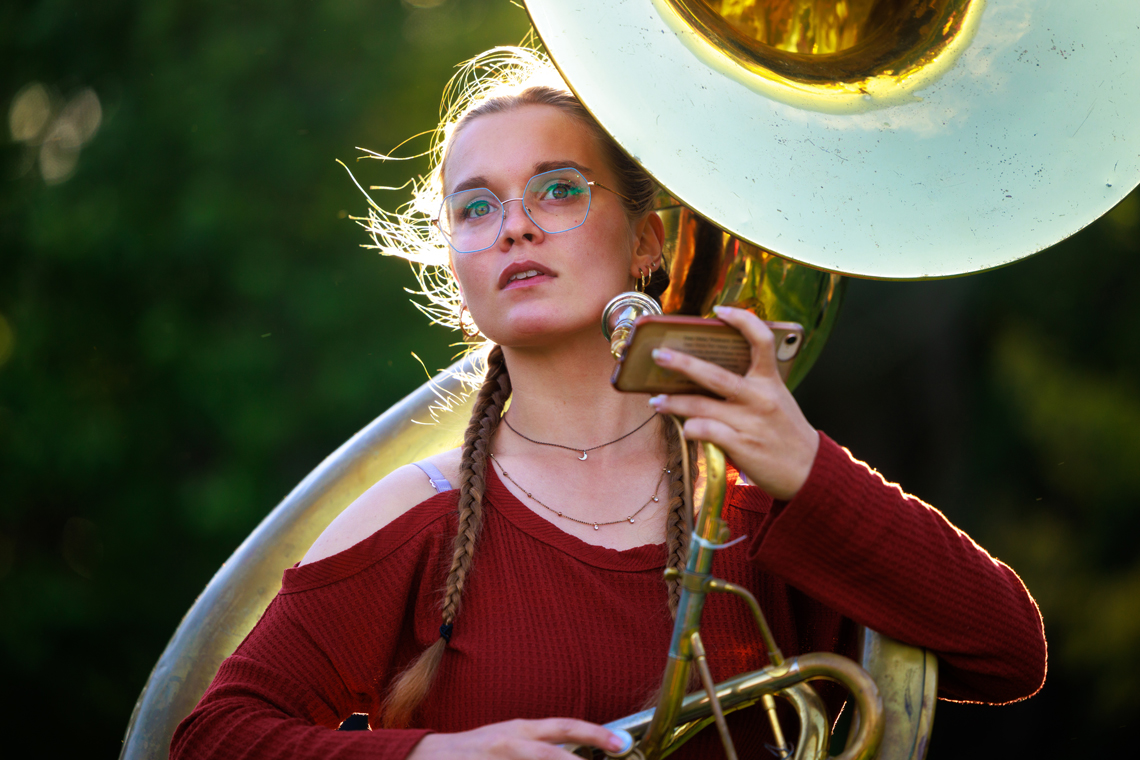

.jpg)
.jpg)
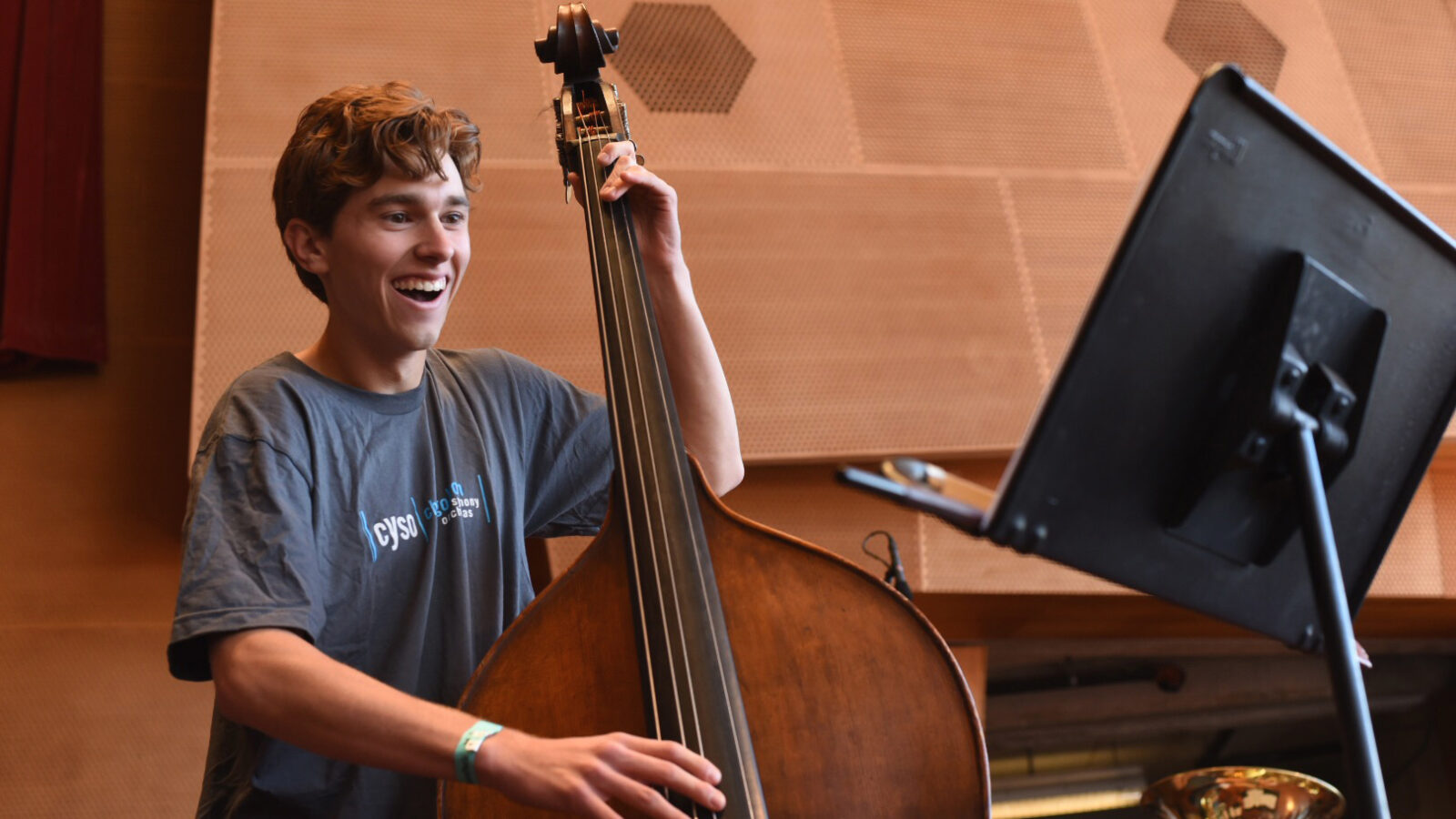
.jpg)
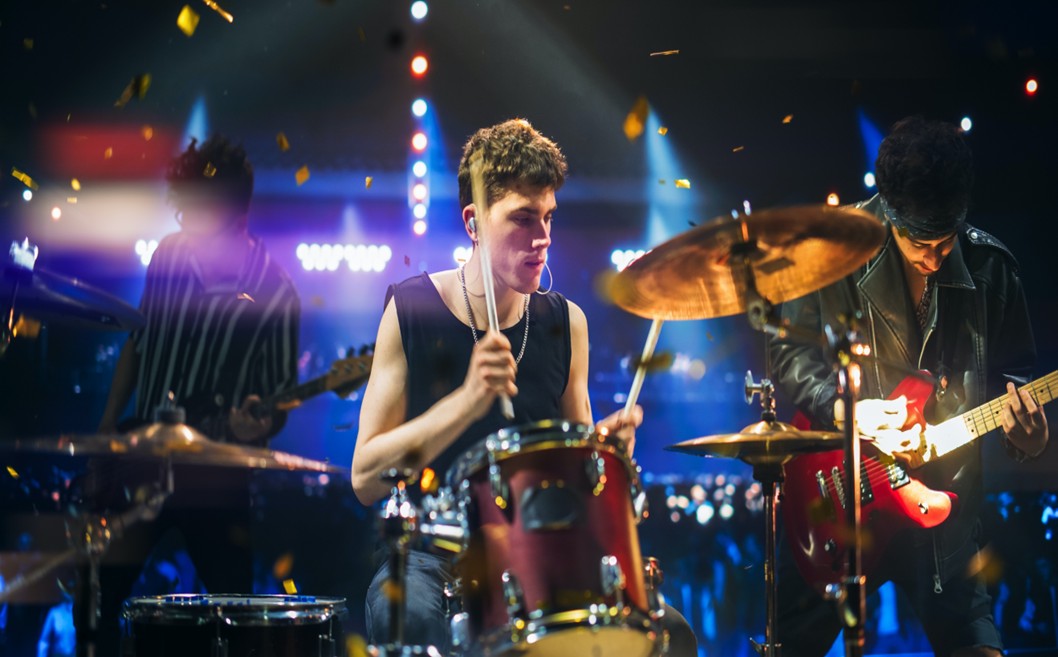
.png)
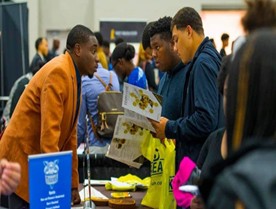


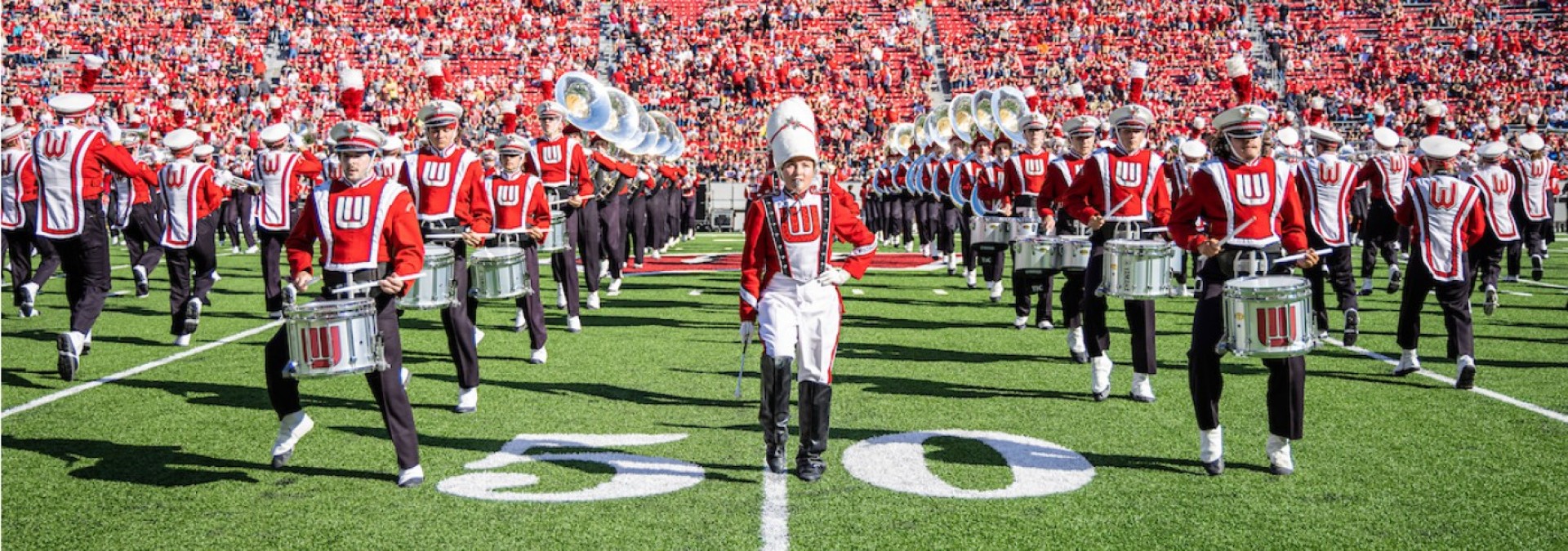
.jpg)
.png)
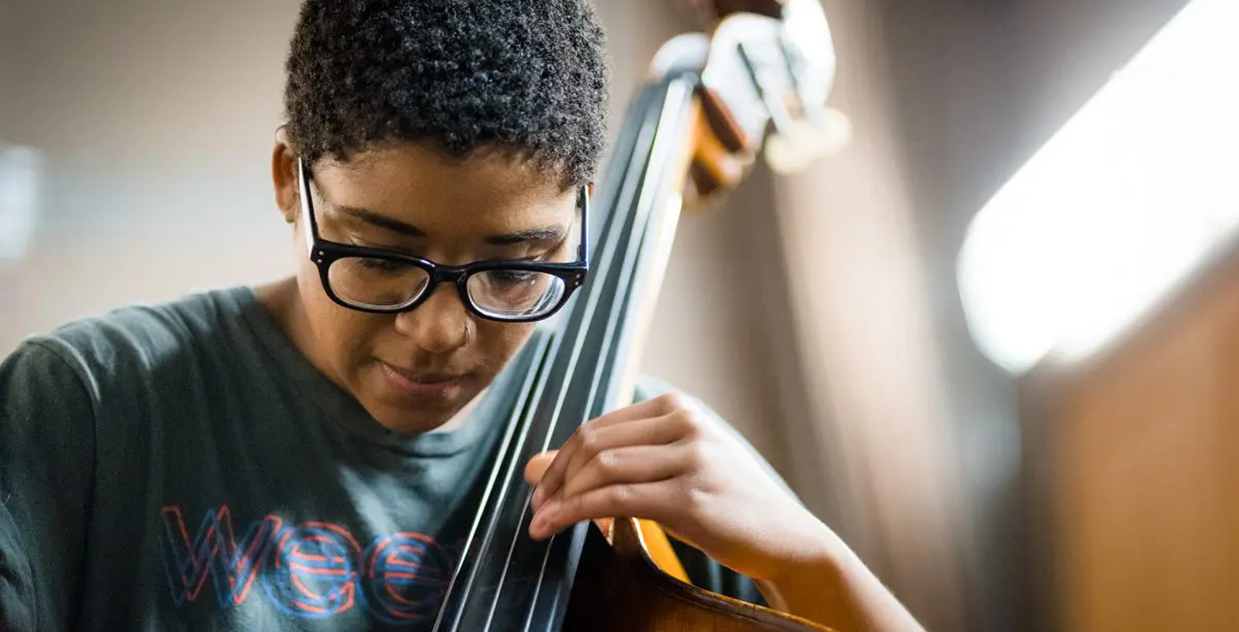

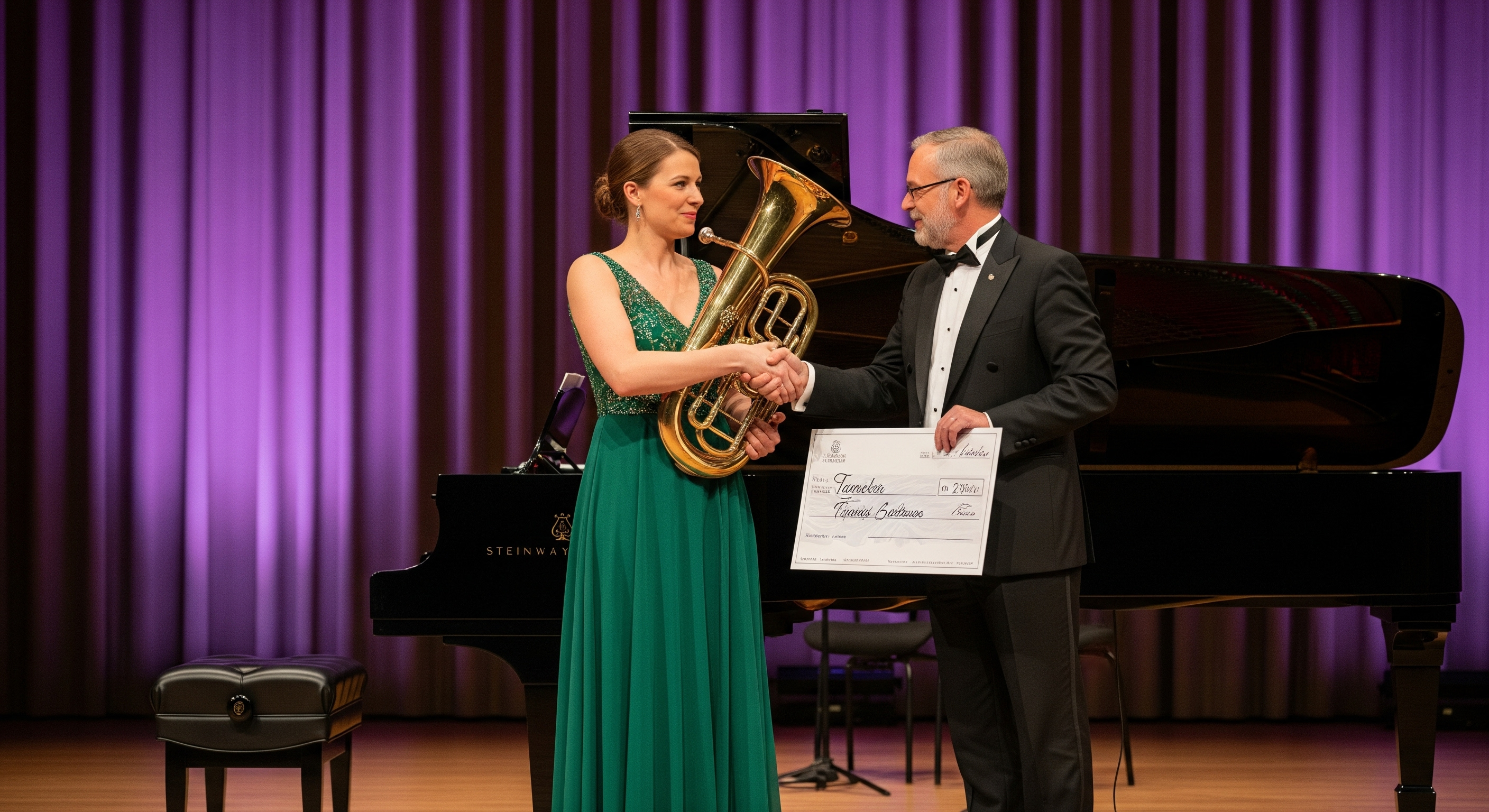
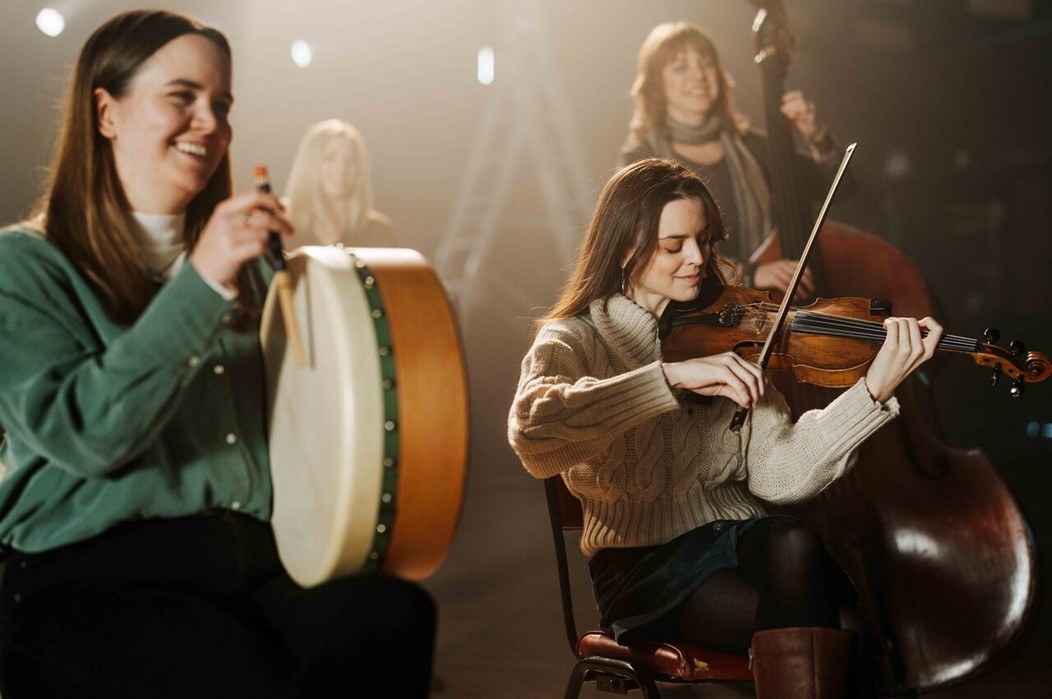
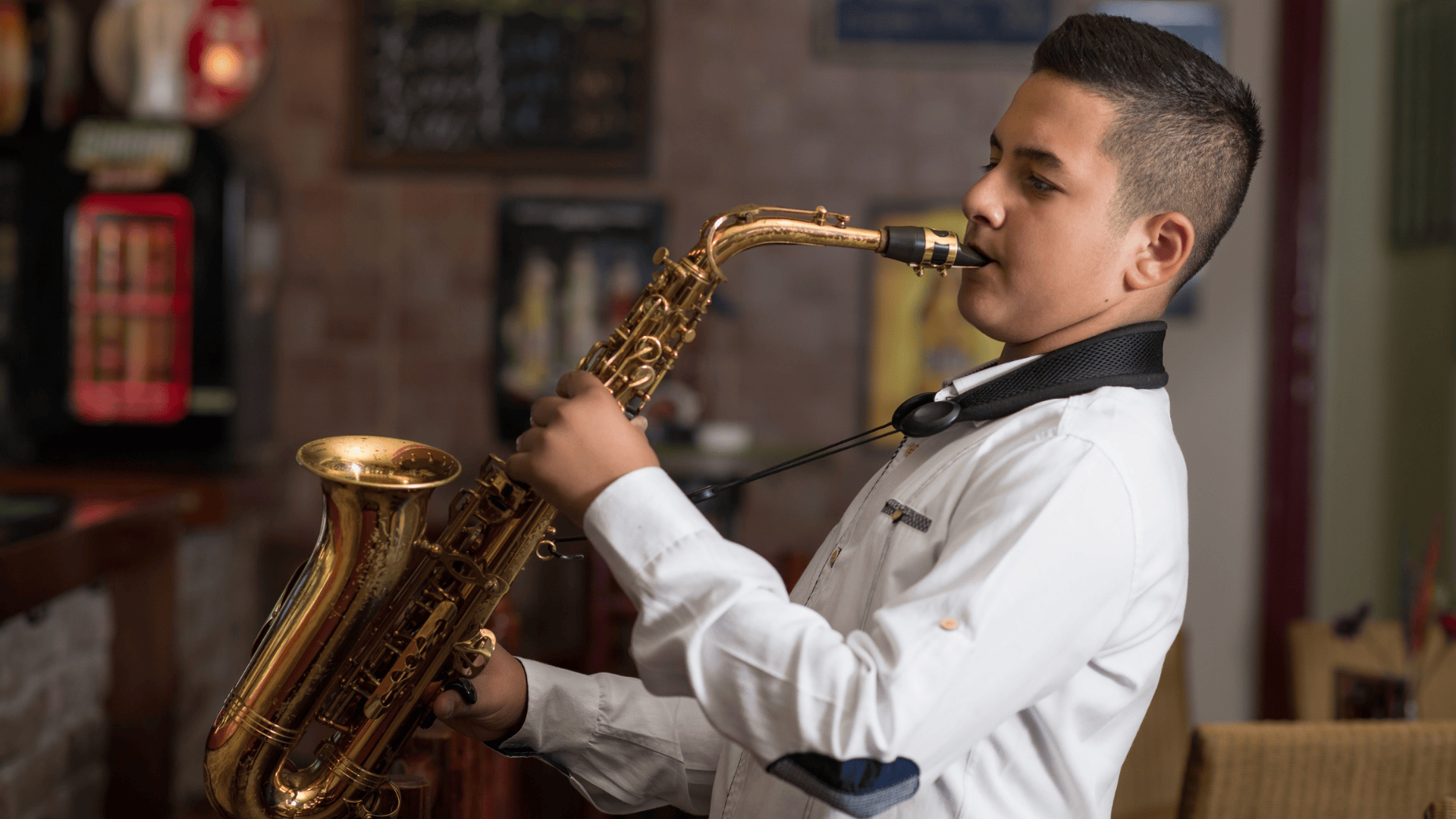
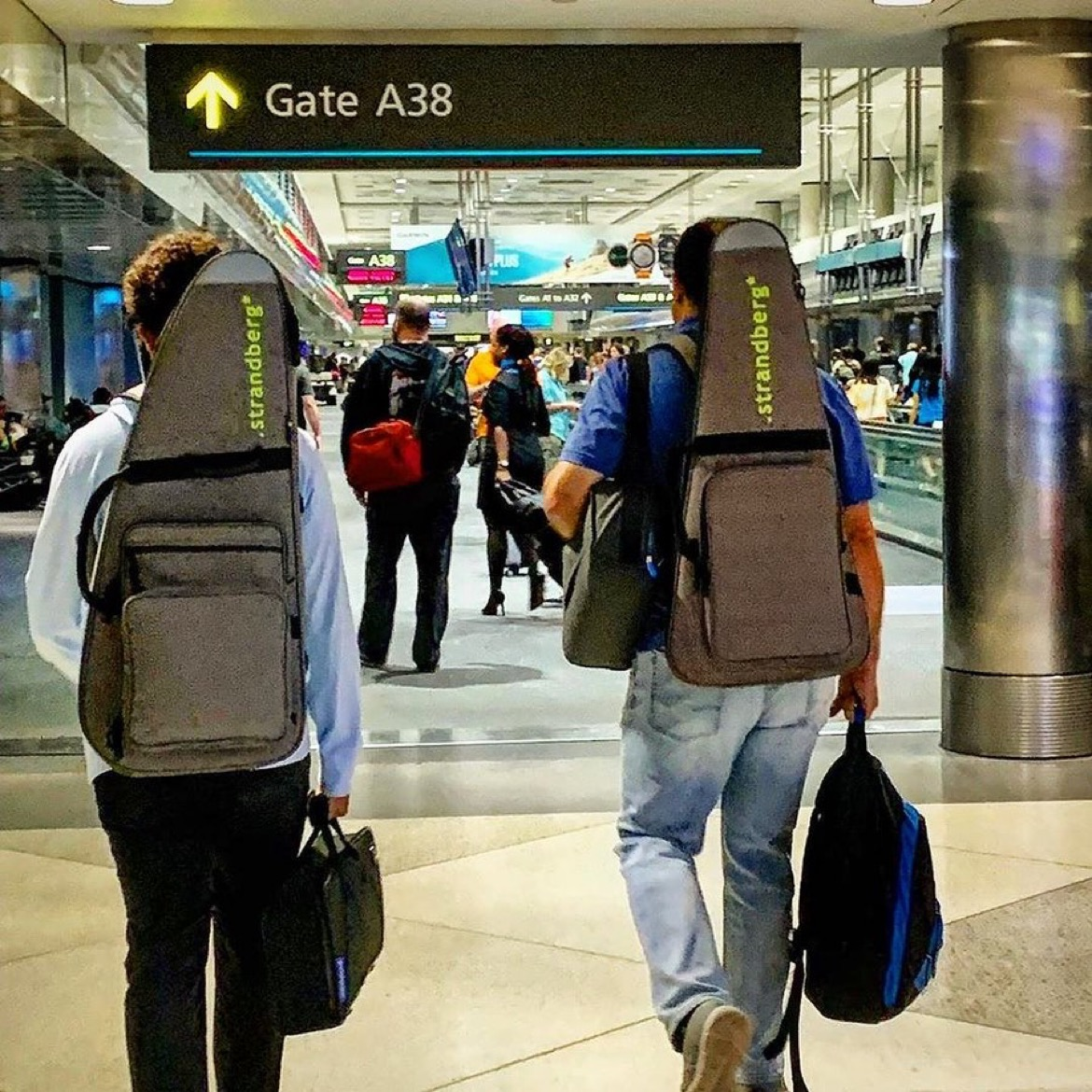

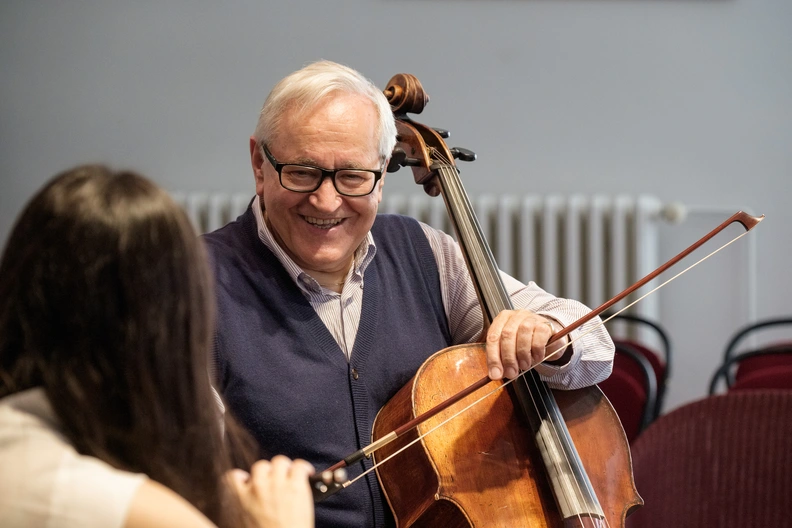


.jpg)


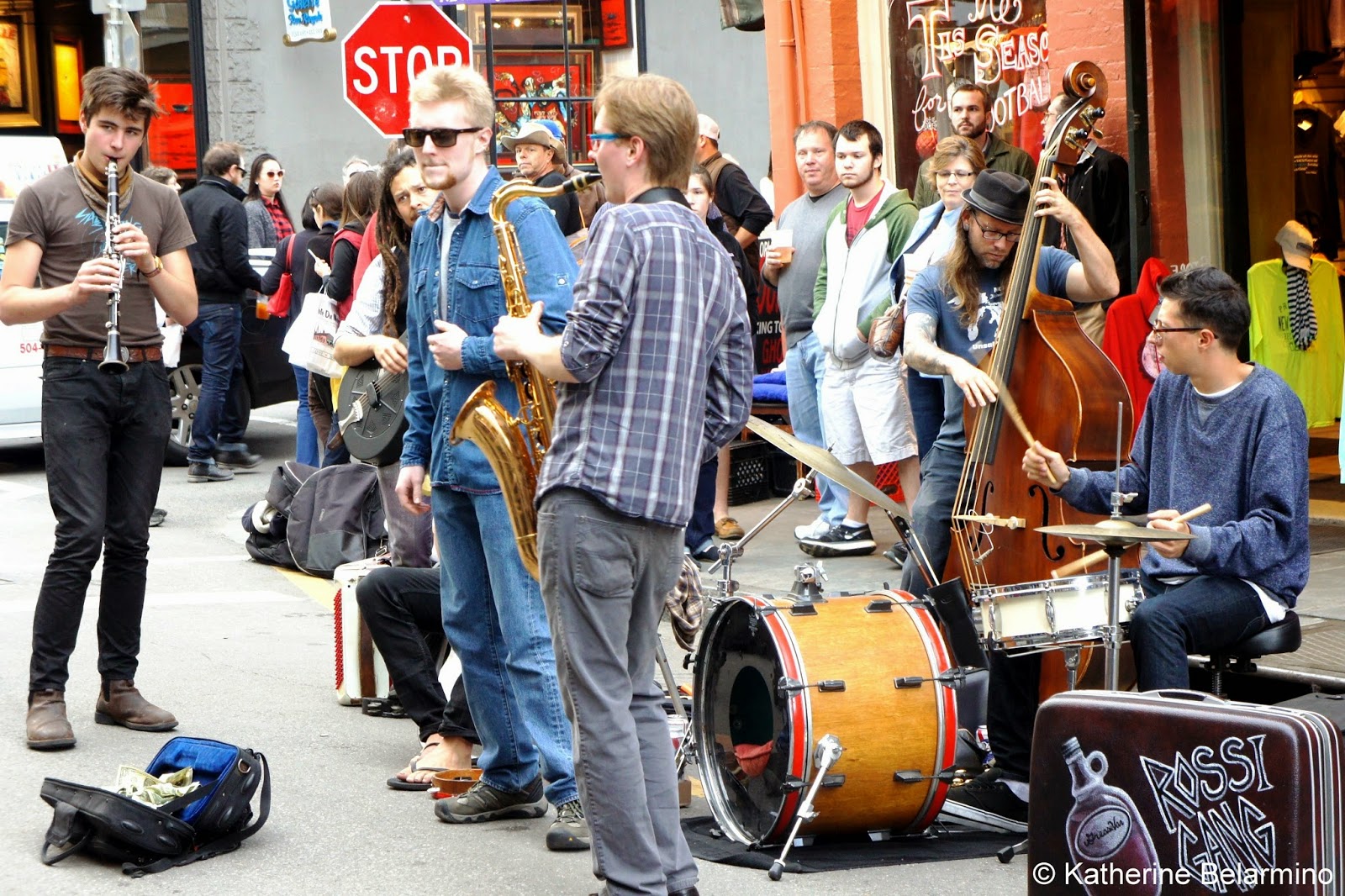
.jpg)
.jpg)
.jpg)
.jpg)
.jpg)
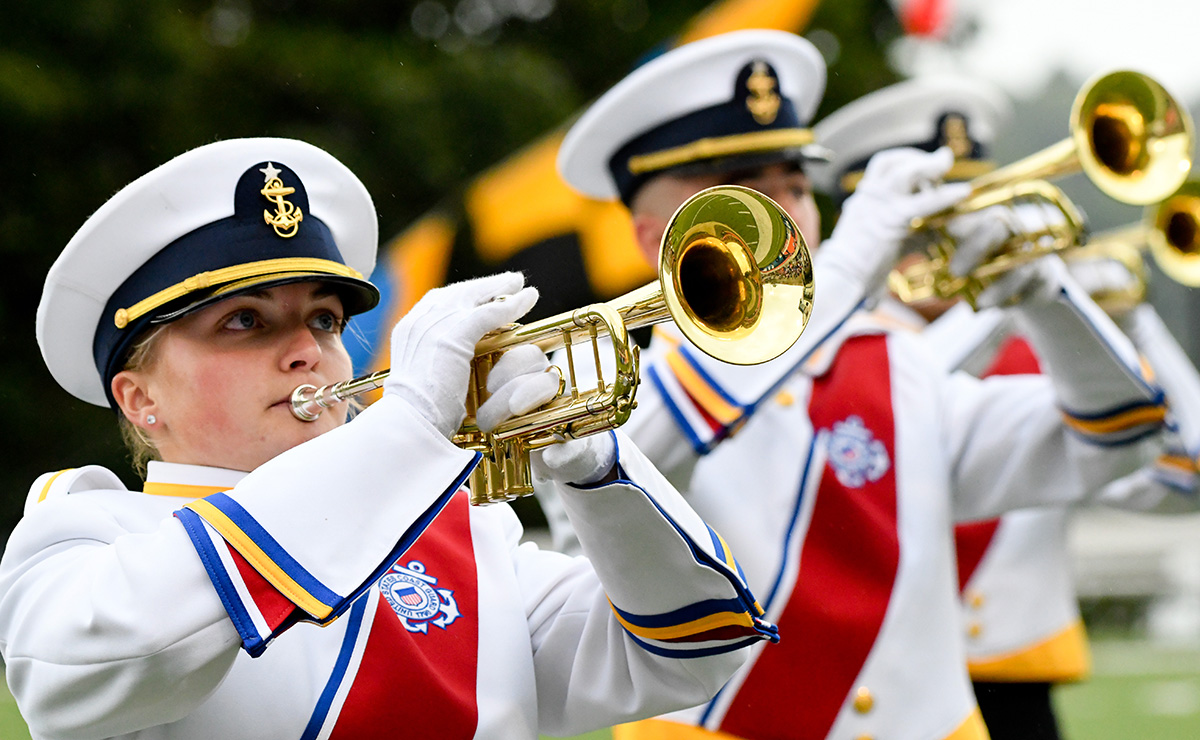
.png)
.png)
